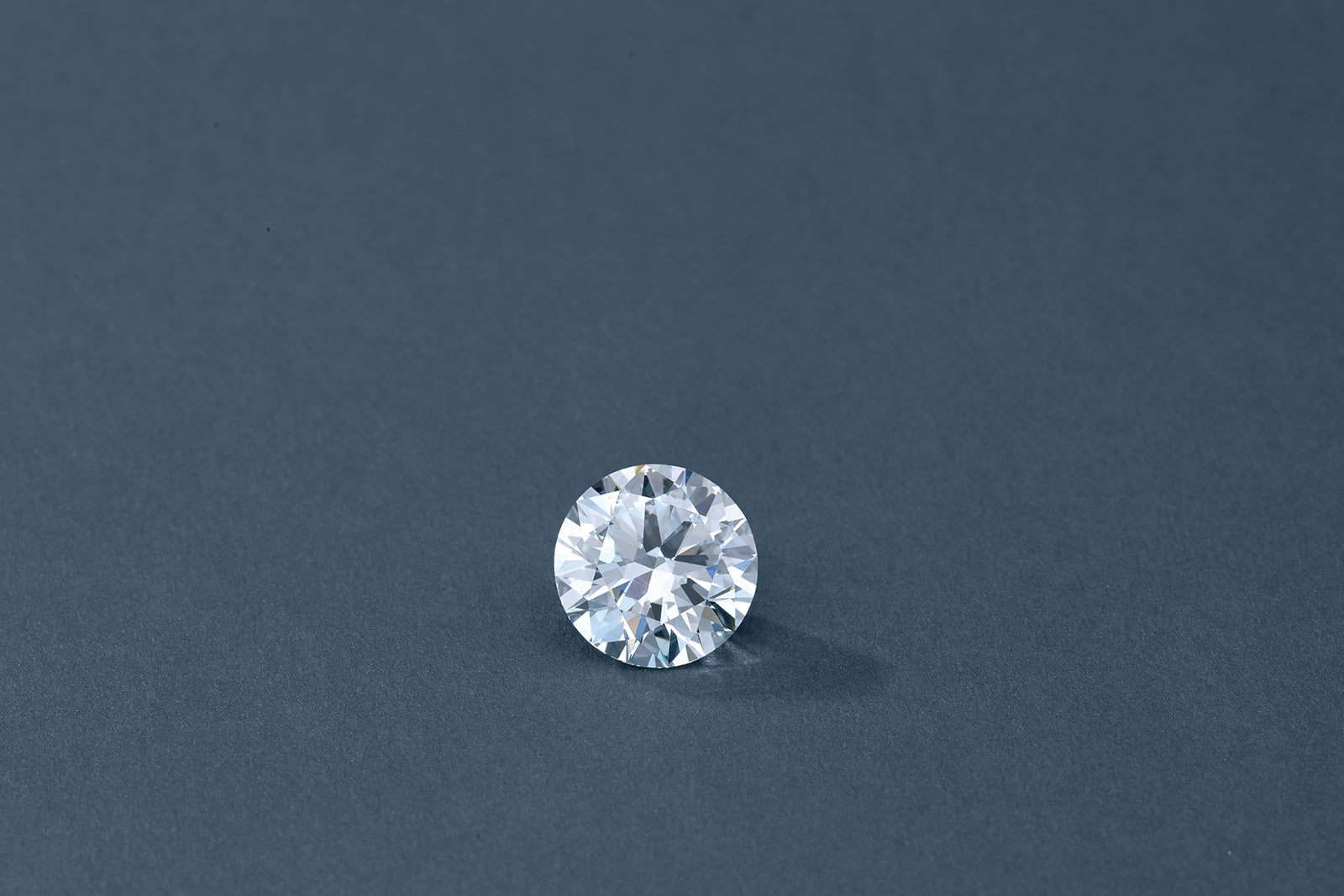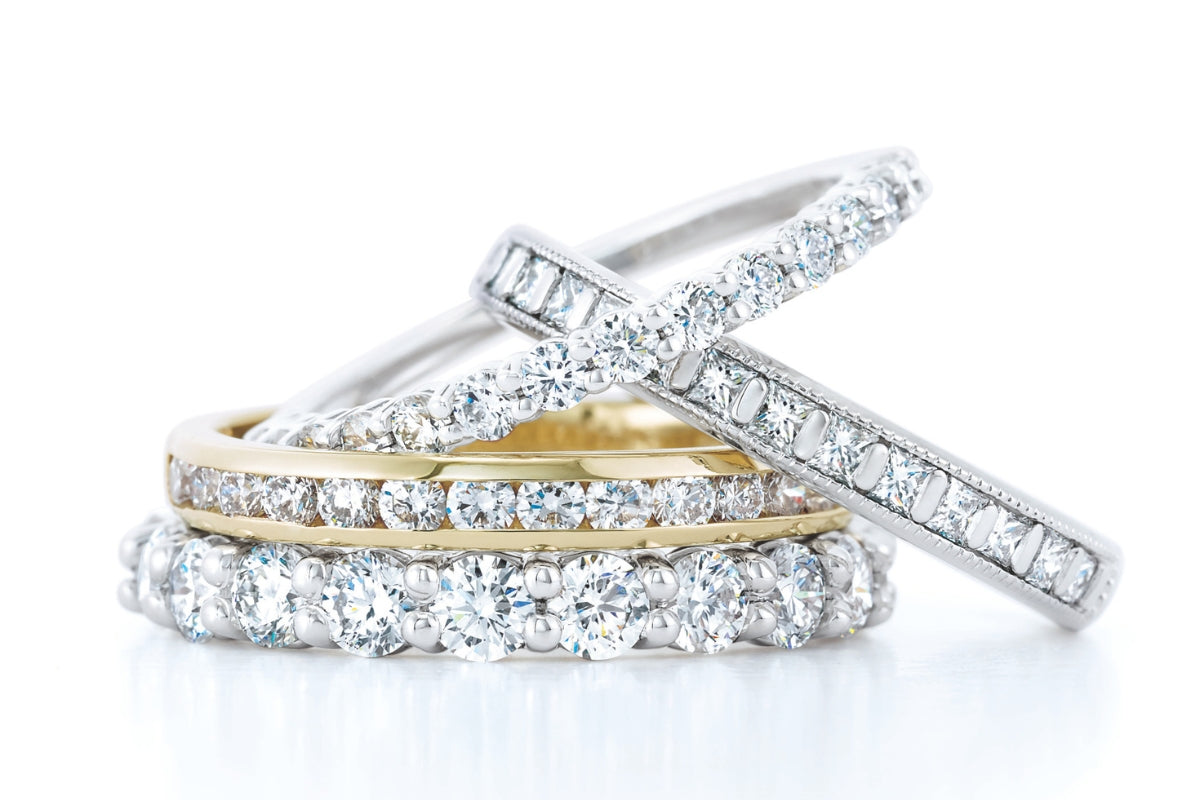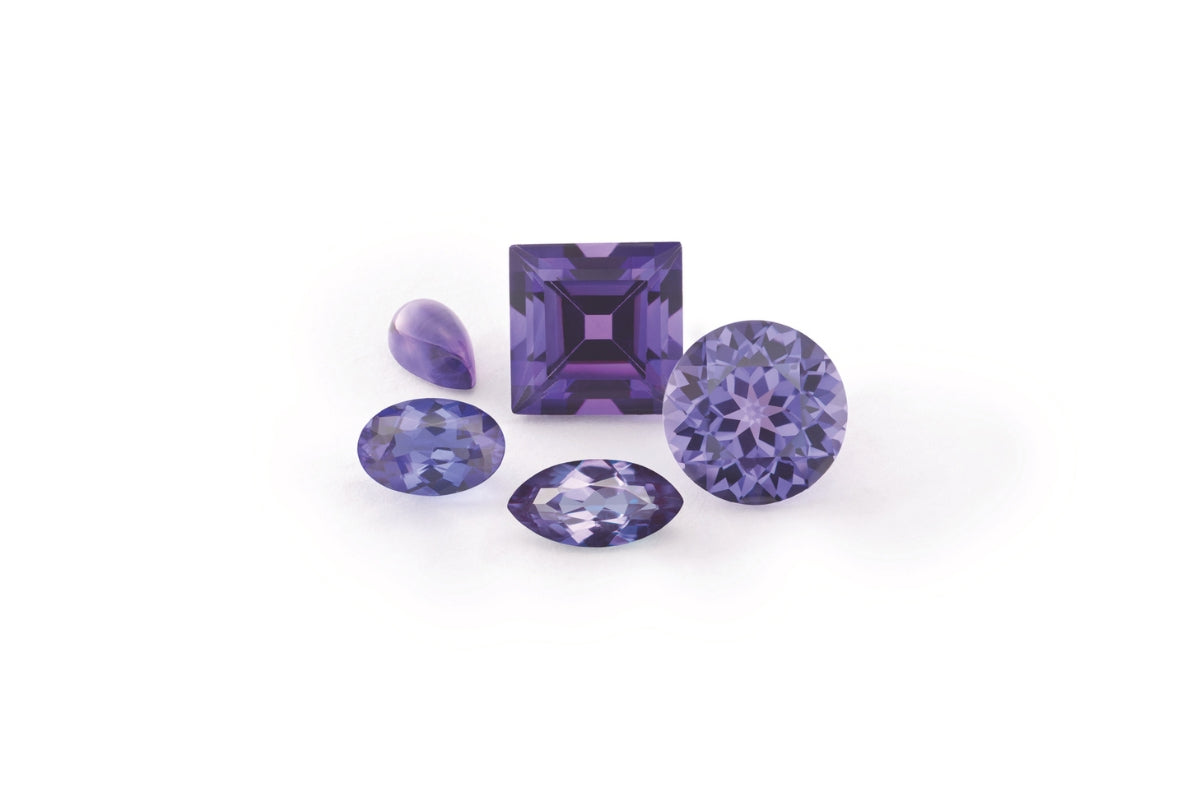Courtesy of GIA. From left: These diamonds display high, moderate and low brightness under fluorescent light. Photos by Eric Welch/GIA
Today we’re going to discuss brightness, fire, and scintillation. What’s the difference? Which one is more important? They all sound so similar, don’t they?
Well, each plays an important role in a diamond's face-up display. Being able to differentiate them by their unique combination of role and attributes helps us better understand why diamonds are so fitting for fine jewelry.
Brightness is commonly referred to in the jewelry industry as “brilliance.” Brightness is not just one, but all the effects of external (surface) and internal reflections of white light. Due to the unique luster, calledadamantine, paired with its high refractive index (RI), diamonds show a legendary brilliance. Diamonds are in many ways the benchmark for what we consider “bright” or “brilliant” when comparing other gemstones or even consumer goods for that matter.

Courtesy of GIA. A diamond looks different in different lighting and viewing environments. In these images, the same diamond was photographed in diffused lighting (left), mixed lighting (center), and spot lighting only (right). Photos by A. Gilbertson
Fire is likely the most popular attribute of a diamond. The word fire evokes emotion, almost a visceral image of a flame and the unique colors associated with fires. You see fire in a diamond when white light interacts with diamond facets, turns into spectral colors, and displays the wide range of warm and cool colors. Think ROYGBIV!

Courtesy of GIA. These diamonds are, in general, viewed positively by experienced members of the diamond trade, due to the overall balance of their patterns and the lack of any negative pattern- related traits. Photos by A. Gilbertson and B. Green
According to GIA, Scintillation is actually subdivided into sparkle and pattern. Sparkle is seen in the flashing spots of light. Ideally, one wants the size and distribution to be even and balanced. “Pattern consists of the relative size, arrangement, and contrast of bright and dark areas that result from a diamond’s internal and external reflections.”




